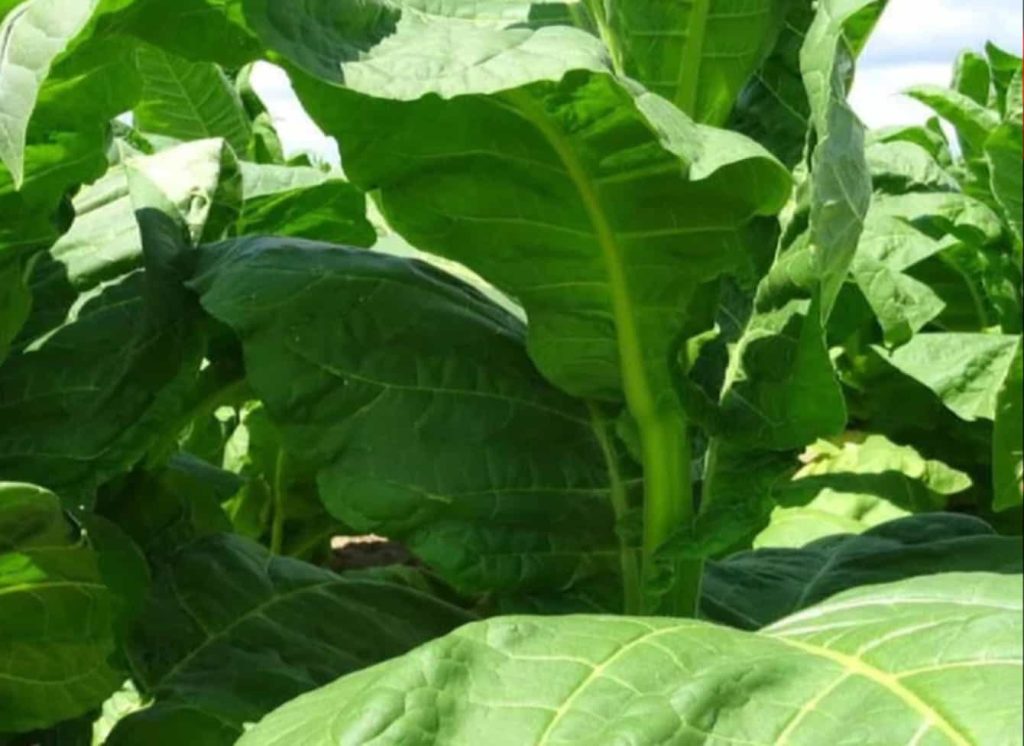
Embark on a journey through time with Organic Burley Tobacco, a venerable pillar of the tobacco domain, cherished for its distinctive attributes and full-bodied zest. An American classic, its roots can be traced back to the mid-19th century, continuing to leave an indelible mark on the tapestry of global tobacco culture. But what exactly elevates Organic Burley Tobacco to its revered status? What is its path from a humble seed to a refined puff of smoke? Why does it command such an esteemed place in American blends? Let us unravel the myriad layers of Organic Burley Tobacco, celebrating its aromatic nuances, unparalleled texture, and the intricate dance of art and science that guides its birth and bloom.
The Genesis of Burley Tobacco
With origins steeped in the annals of 1864, Burley tobacco emerged as a cornerstone of the industry, its American heritage forming the backbone of its global presence.
Revolutionizing Burley Tobacco for the Contemporary Epoch
As we navigate through the contemporary era, the cultivation and refinement of Burley tobacco have been transformed by leaps in agronomic prowess and a deeper comprehension of its intrinsic qualities.
The Rich Tapestry of Flavors in Burley Tobacco
Organic Burley tobacco is celebrated for its robust essence and aromatic complexity, a testament to its natural composition and the meticulous processes it undergoes from germination to combustion.
The Intriguing Role of Sugars in Burley Tobacco
A notable characteristic of Burley tobacco is its minimal sugar content, which plays a pivotal role in sculpting its distinct flavor profile, with glucose, fructose, and sucrose as the chief natural sugars in its dried leaves.
The Journey from Seed to Harvest
The cultivation of Organic Burley tobacco is a chronicle of precision and patience, from the sowing of seeds to the gathering of leaves, each phase meticulously influencing the caliber of the final yield.
The Art of Curing
Post-harvest, the leaves of the tobacco are subjected to a curing odyssey, further amplifying their flavor and aroma through an orchestrated regime of controlled conditions, nurturing the tobacco s intrinsic properties.
A Pillar in American Tobacco Blends
Organic Burley tobacco stands as a linchpin within the American tobacco narrative, its distinctive flavor and aroma weaving through the fabric of countless blends, crafting experiences of balance and pleasure.
The Worldwide Reverberation of Burley Tobacco
Far beyond the American soil, Burley tobacco casts a long shadow across the global market, its singular attributes making it a coveted element in tobacco concoctions the world over.
Amidst Challenges, Opportunities Abound
The cultivation of Organic Burley tobacco navigates through a labyrinth of challenges and prospects, shaped by environmental vicissitudes, market fluctuations, and the evolving tapestry of consumer predilections.
In Conclusion
In the grand schema of the tobacco world, Organic Burley tobacco, with its rich heritage and pivotal role, continues to captivate and intrigue. As we cast our gaze towards the horizon, it stands clear that this exceptional cultivar will persist in shaping the future contours of tobacco tradition and innovation.
Statistics:
Production and Consumption
In the vast tapestry of American agriculture, Flue-cured and Burley tobaccos stand out, comprising a staggering 93 percent of the 890-million-pound U.S. tobacco crop. The year 2002 witnessed the crop’s value soaring beyond the $1.5 billion mark. Yet, amidst this prosperity, shadows loom; the U.S. tobacco sector finds itself grappling with the relentless tide of global competition, losing its foothold as overseas producers dazzle with more attractive price points and superior leaf quality.
Market Trends
A closer look at the shifting sands of the global tobacco market reveals a sobering truth: the U.S. share has dwindled to a mere 8 percent, marking an unprecedented low. This decline is intricately linked to the relentless ascent of low-cost producing nations, coupled with their advancements in cultivation and marketing strategies that have redefined the competitive landscape.
Books:
A History of Burley Tobacco in East Tennessee & Western North Carolina” by Billy Yeargin offers a riveting narrative that threads through the annals of Burley tobacco, shedding light on its cultivation nuances and its indelible impact on the industry’s fabric. Complementing this journey is Ann Ferrell’s “Burley: Kentucky Tobacco in a New Century”, which delves into the contemporary challenges besieging tobacco farmers, encapsulating their struggles and resilience in the face of adversity.
Sources of Information:
A plethora of resources beckon to those questing for knowledge on Organic Burley tobacco. Academic treatises, agricultural extension services, and scholarly books stand as beacons, offering insights into this green gold. Noteworthy mentions include the University of Kentucky’s Agricultural Extension Service, the Agricultural Marketing Service, and the insights of the USDA ERS, each a treasure trove of information.
Citations:
- AEU-93 BURLEY CURING TECHNOLOGY https://burleytobaccoextension.ca.uky.edu/files/aeu-93_burley_curing_technology.pdf
- Fatty Alcohols for use on Organic Tobacco Crops – Agricultural Marketing Service https://www.ams.usda.gov/sites/default/files/media/RevisedPetitionNaturalFattyAlcoholsforUseonOrganicTobaccoCrops.pdf
- U.S. Tobacco Industry Responding to New Competitors, New Challenges – USDA ERS https://www.ers.usda.gov/amber-waves/2003/september/us-tobacco-industry-responding-to-new-competitors-new-challenges/
- A History of Burley Tobacco in East Tennessee & Western North Carolina – Yeargin, Billy https://bookshop.org/p/books/a-history-of-burley-tobacco-in-east-tennessee-western-north-carolina-billy-yeargin/12328425
- Burley – The University Press of Kentucky https://www.kentuckypress.com/9780813142333/burley